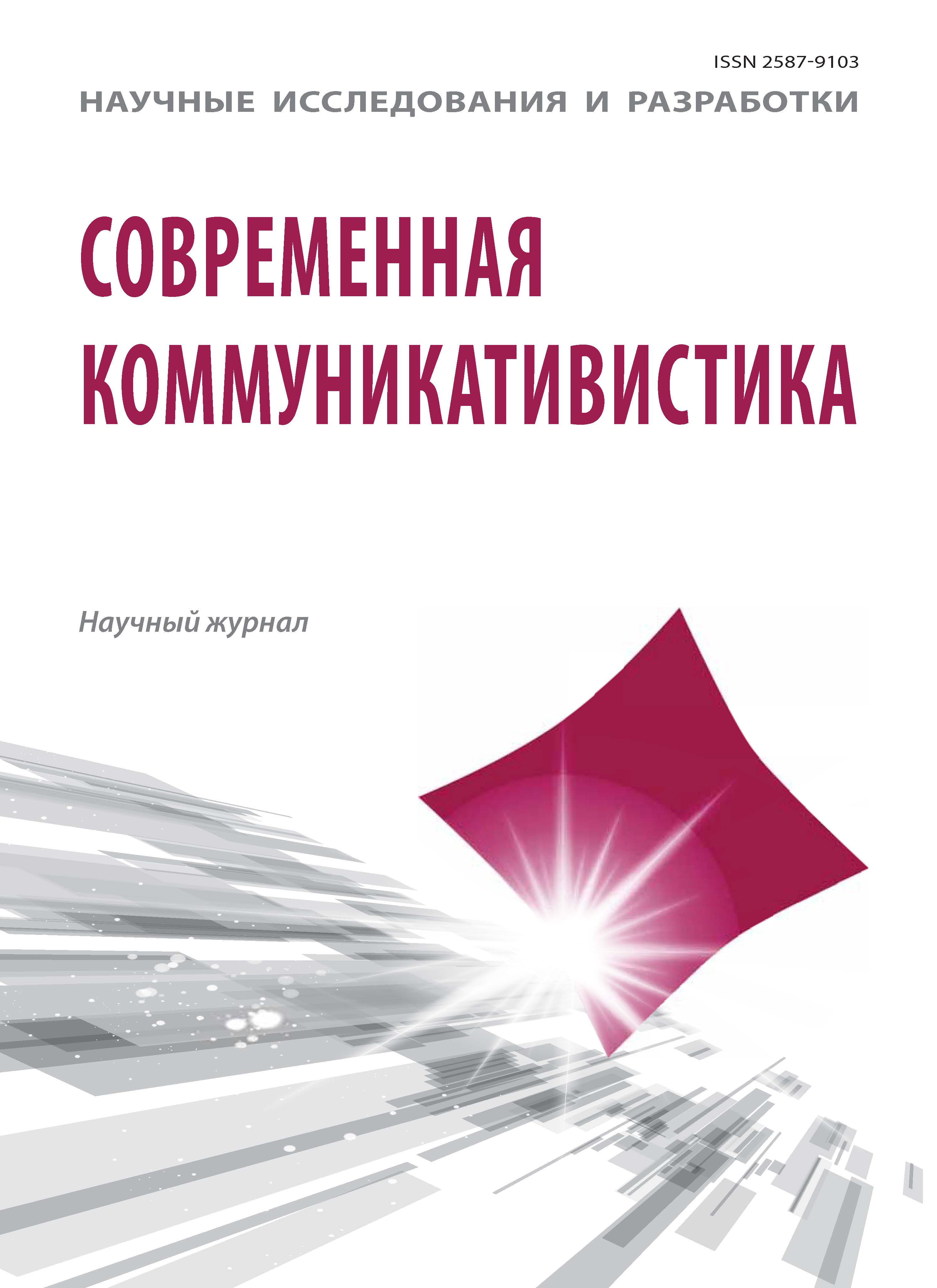Moskva, Moscow, Russian Federation
This article argues that the rhetorical dialogue theory is a sound approach to the analysis of home press. The article proceeds from the assumption that the process of planning dialogues aimed at a certain task and their further implementation contribute to achieving corporate business objectives. The findings indicate that the strategic motives behind publications in magazines for employees consist in promotion of corporate values via dialogue-unison.
internal press, rhetorical dialogue, dialogue-unison, corporate values, media text.
В настоящее время корпоративная пресса представляет собой самую многочисленную категорию прессы, превосходя по суммарному разовому тиражу (500 млн экземпляров) тираж традиционных публичных СМИ.
1. Agafonov L.S. Korporativnaya pressa: osobennosti funktsionirovaniya korporativnoy pressy, tipologicheskie kharakteristiki i metodiki otsenki effektivnosti. Kand. Diss. [Corporate press: features of the corporate press, typological characteristics and methodologies for assessing effectiveness. Cand. Diss.]. Moscow, 2008.
2. Aristova Yu.S. Instrumenty kommu0nikatsii dlya postroeniya effektivnoy motivatsii [Communication Tools for Building Effective Motivation]. Ekonomika i menedzhment innovatsionnykh tekhnologiy [Economics and Management of Innovative Technologies]. 2014, i. 3. Available at: http://ekonomika.snauka.ru/2014/03/4354/
3. Gvozdannaya N.V. Stanovlenie i razvitie korporativnogo media-diskursa na Zapade [Stanovlenie and development of corporate media discourse in the West]. Vestnik Nizhegorodskogo universiteta im. N.I. Lobachevskogo [Bulletin of the Nizhny Novgorod University named after NI Lobachevsky]. 2015, i. 4, pp. 214-222.
4. Gorcheva A.Yu. Korporativnaya zhurnalistika [Corporate Journalism]. Moscow, Vest-Konsalting Publ., 2008.
5. Gumenskiy A.V. Svyazi s obshchestvennost’yu v tsifrovoy srede [Public relations in the digital environment]. Rossiyskaya shkola svyazey s obshchestvennost’yu [The Russian School of Public Relations]. 2016, i. 8, pp. 53-69. Available at: http://elibrary.ru/item.asp?id=25719175/
6. Dobrosklonskaya T.G. Medialingvistika: sistemnyy podkhod k izucheniyu yazyka SMI. Sovremennaya angliyskaya mediarech’ [Medialinguistics: a systematic approach to the study of the language of the media. The modern English media outlet]. Moscow, Flinta: Nauka Publ., 2008.
7. Minaeva L.V. Korporativnyy storytelling [Corporate story building]. Vestnik Universiteta (Gosudarstvennyy universitet upravleniya) [Bulletin of the University (State University of Management)]. 2016, i. 2, pp. 247-253.
8. Murzin D.N. Fenomen korporativnoy pressy [The phenomenon of the corporate press]. Moscow, Khroniker Publ., 2005.
9. Rozhdestvenskiy Yu.V. Teoriya ritoriki [Theory of rhetoric]. Moscow, Dobrosvet Publ., 1997.
10. Samodelkin A.A. Tema-rematicheskaya ierarkhiya teksta [Subjectrheumatic text hierarchy]. Available at: www.gramota.net/materials/2/2016/7-3/40.html/
11. Fedorova S.V. Vizualizatsiya kak vedushchaya tendentsiya razvitiya SMI [Visualization as the leading trend in the development of the media]. Available at: www.gramota.net/materials/2/2014/7-2/53.html/
12. Fomicheva I.D. Prodolzhenie puti, ili v poiskakh interaktivnosti [Continuation of the path, or in search of interactivity]. Vestnik Mosk. Un-ta. Ser. 10, Zhurnalistika [Vestnik Mosk. Un-ta. Ser. 10, Journalism]. 2011, I. 1, pp. 21-36.
13. Chemyakin Yu.V. Korporativnye SMI: sekrety effektivnosti [Corporate media: the secrets of efficiency]. Ekaterinburg, «Diskurs Pi» Publ. 2006.
14. Ahmad Zairy Mohd Soieb, Jamilah Othman & Jeffrey Lawrence D’Silva. The Effects of Perceived Leadership styles and Organizational Citizenship Behaviour on Employee engagement: The Mediating Role of Conflict Management // International Journal of Business and Management, 2013, vol. 8, no. 8, pp. 91-99.
15. Ezekiel Saasongu Nongo, Darius Ngutor Ikyanyon. The Influence of Corporate Culture on Employee Commitment to the Organization // International Journal of Business and Management, 2012, vol. 7, pp. 21-28.







